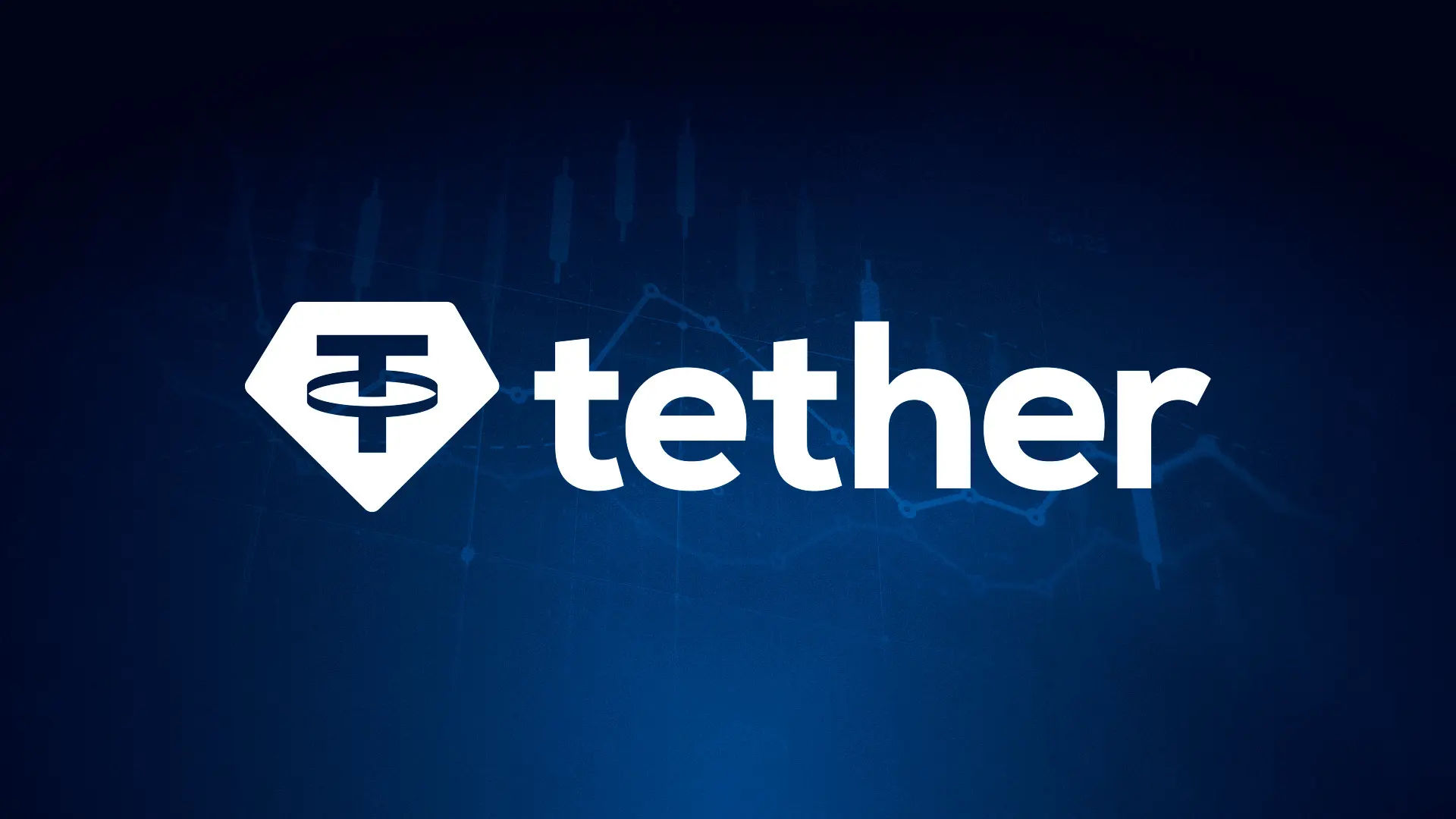Blog

Visa and Stripe Push Stablecoins into the Global Mainstream
May-8-2025
Two of the world's most influential payments companies, Visa and Stripe, have taken significant steps to advance stablecoin adoption across global markets. On May 7, Stripe introduced stablecoin-based account services for users in over 100 countries, while Visa revealed a strategic investment in London-based startup BVNK, which specializes in stablecoin payment infrastructure.
Stripe Launches Stablecoin Accounts in Over 100 Countries to Serve Unbanked and Inflation-Hit Economies
Stripe, one of the world’s leading financial infrastructure companies, has unveiled a new feature that allows clients in more than 100 countries to send, receive, and hold balances in US-dollar stablecoins. The rollout, announced on May 7, marks a significant expansion of the firm’s stablecoin offering and further reinforces the growing role of crypto-based financial tools in underserved and high-inflation economies.
The newly launched stablecoin-based accounts will support Circle’s USDC and Bridge’s USDB—a stablecoin platform Stripe acquired in October 2024. According to the company’s technical documentation, these accounts will function similarly to traditional fiat bank accounts, providing Stripe clients with the ability to manage dollar-denominated balances using blockchain infrastructure instead of relying solely on local financial institutions.
The accounts will be accessible in regions including Argentina, Chile, Turkey, Colombia, and Peru, all of which face persistent inflationary pressures and banking limitations. Stripe noted that this offering is designed for users who want to store value in stable US dollars and use those funds for cross-border payments or business transactions without the friction and cost of legacy banking systems.
Solving Financial Inclusion Through Stablecoins
Stripe’s move comes amid rapid growth in the stablecoin market, which recently surpassed a $231 billion market cap, according to data from RWA XYZ. Stablecoins, pegged to fiat currencies like the US dollar, have emerged as a vital tool for populations suffering from financial instability and limited banking access.
The stablecoin market cap has crossed $231 billion and continues to grow due to international demand for US dollar tokens (Source: RWA XYZ)
In many parts of Latin America, Africa, and Asia, residents are increasingly turning to stablecoins to shield their savings from currency devaluation and to make purchases online where local currencies are not accepted. Stripe’s expansion aims to bridge the gap for these users, offering a familiar financial interface powered by decentralized blockchain rails.
Stablecoins are doing more than providing digital cash equivalents—they are transforming how people access the financial system. With just a smartphone, a crypto wallet, and internet access, users can now store and transact in a globally recognized currency.
This is particularly relevant in countries like Argentina and Turkey, where double-digit inflation and capital controls have led many to seek out US dollar alternatives. By holding balances in stablecoins rather than volatile local currencies, residents can preserve purchasing power and transact across borders with greater confidence.
A Growing Role for Stablecoins in Payments
Stripe had already made waves in October 2024 when it began supporting stablecoin payments at checkout, allowing customers in over 70 countries to pay online merchants using fiat-pegged tokens. That feature was met with strong demand in emerging markets, where consumers are more likely to seek price stability in a volatile macroeconomic environment.
The latest stablecoin account launch builds on this momentum, offering users not just the ability to spend in stablecoins but also to save, receive income, and manage funds entirely outside the constraints of local banking systems.
Stripe’s expansion into stablecoin accounts is part of a broader trend where traditional fintech and Web3 solutions are converging. As blockchain rails become more embedded into everyday financial infrastructure, stablecoins are poised to become the backbone of a new, more inclusive digital economy.
The implications are far-reaching—not just for Stripe’s clients, but also for the global payments ecosystem. With competitors likely to follow suit, and with regulatory clarity slowly improving in key markets, stablecoin-based accounts could soon become a norm rather than a novelty.
For now, Stripe’s latest move marks a bold step toward that vision—empowering millions to participate in the global economy without needing a traditional bank.
Visa Invests in BVNK to Accelerate Stablecoin Payment Infrastructure in Global Commerce
In related news, payments giant Visa has deepened its foray into digital assets with a strategic investment in BVNK, a London-based startup building infrastructure for stablecoin payments. The announcement, made by BVNK on May 7, marks a major milestone for both companies.
BVNK characterized the investment from Visa Ventures, the corporate investment arm of Visa, as “more than capital.” Though financial details were not disclosed, the firm emphasized that the arrangement is a strategic partnership rather than a simple funding round.
BVNK-VISA partnership image (Source: BVNK)
BVNK CEO Jesse Hemson-Struthers expressed enthusiasm over the collaboration, stating:
“I’m particularly excited about what it means to partner with Visa—the original payments innovator. Their deep expertise in building global payment networks, combined with our stablecoin infrastructure, creates powerful possibilities for redefining how businesses operate in today’s digital economy.”
The partnership signals Visa’s commitment to developing next-generation financial technologies and positions BVNK as a key player in enabling businesses to integrate stablecoin payments into their financial systems.
Visa’s head of products and partnerships, Rubail Birwadker, noted that stablecoins are becoming integral to global payment flows, signaling the company’s long-term belief in their potential.
Visa’s move reflects a broader industry trend where stablecoins are emerging as faster, cheaper, and more accessible alternatives to traditional cross-border payment systems, particularly in regions with limited financial infrastructure.
BVNK’s Rapid Ascent and US Expansion
Visa’s investment follows BVNK’s $50 million Series B funding round, closed in late 2024 and led by Haun Ventures. The round included major industry players such as Coinbase Ventures, Scribble Ventures, DRW VC, and existing backers Avenir and Tiger Global.
At the time, BVNK was valued at approximately $750 million and revealed plans to expand into the United States, establishing local banking infrastructure and pursuing the necessary licenses to serve US-based businesses.
Founded to simplify business access to blockchain-based payments, BVNK provides APIs and infrastructure that enable companies to send, receive, and settle payments in stablecoins like USDC while offering compliance tools and integrations for accounting and treasury management.
The company’s expansion plans are aligned with growing demand in both developed and emerging markets for dollar-backed stablecoins, which can serve as both a store of value and a means of conducting faster, cheaper global commerce.
Visa has spent the last few years gradually integrating crypto functionality into its payment ecosystem. In October 2024, it enabled instant fiat-to-crypto transfers via Coinbase-linked Visa debit cards, allowing eligible users to deposit or withdraw funds in real time.
The same month, Visa also introduced its Visa Tokenized Asset Platform, a solution designed to streamline the issuance and management of digital assets such as tokenized deposits, stablecoins, and even central bank digital currencies (CBDCs).
Visa’s partnership with BVNK builds on this vision by expanding its reach into the infrastructure layer of stablecoin usage, offering businesses the backend support needed to operate in a tokenized economy.
A Bet on the Future of Digital Commerce
This investment and partnership between Visa and BVNK signals a growing confidence among traditional financial institutions that stablecoins and tokenized payments will be a cornerstone of future commerce. As the global economy becomes increasingly digitized, partnerships like this are laying the groundwork for a more interoperable, programmable, and borderless financial system.
With major players like Visa actively backing startups at the intersection of crypto and payments, the stablecoin revolution continues to pick up steam—this time with the backing of the world’s largest card network.
Read more

Metaplanet Stock Surges 13% After Purchase of 555 Bitcoins
May-7-2025
MetaPlanet Inc., a Japanese investment firm, saw its stock rise by 13% after purchasing an additional 555 bitcoins at an average price of $96,134 per bitcoin. This brings the total number of bitcoins it holds to 5,555, with a total investment of $481.5 million, having bought the assets at an average price of $86,672 per bitcoin
The news was announced by the company’s CEO, Simon Gerovich, who decided to mark this achievement with some humor. “In Japanese, the number 5 is pronounced ‘Go,’ so today we’re shouting: The Japanese word for the number 5 is ‘Go,’ so today we’re saying, ‘Go go go go to the moon and beyond!’
Metaplanet has been accumulating its Bitcoin since the company began its crypto strategy in April of 2024. By the end of 2025, the firm is targeting to have 10,000 BTC, and it is halfway there.
In order to finance its Bitcoin purchases, Metaplanet launched yet another bond – the 13th one – worth $25 million. This comes only a week after the 12th series, which also collected the same amount.
In addition to its cryptocurrency plans, Metaplanet is entering the United States, where it intends to open a branch in Miami. This is in line with the company’s plan to expand its operations in the Bitcoin market in the United States.
Metaplanet is now the largest public corporate holder of bitcoin in Asia and the eleventh largest globally, behind Strategy, which holds more than 500,000 BTC.
Read more

Tether Issues $1 Billion USDT on Tron for Inventory
May-6-2025
Tether has minted $1 billion USDT on the TRON blockchain.
This brings the total USDT issued since 2025 to $8 billion.
The minting is expected to boost market sentiment positively.
Traders should consider the implications of increased USDT supply.
Tether, the issuer of the popular stablecoin USDT, has recently made headlines by minting an additional $1 billion USDT on the TRON blockchain. This significant move brings the total amount of USDT issued since 2025 to an impressive $8 billion. The recent minting is viewed as a bullish signal for the cryptocurrency market, potentially enhancing market sentiment among traders and investors alike.
As the supply of USDT increases, it has key implications for market dynamics. Traders often rely on USDT as a stable asset during periods of volatility, and an increase in its supply can lead to greater liquidity in the market. This liquidity can facilitate trading and may encourage more participants to enter the market, further driving demand for cryptocurrencies.
Market analysts are closely monitoring the effects of this minting on various cryptocurrencies, as increased USDT supply can influence price movements across the board. With Tether's proactive approach to minting, the crypto community is optimistic about the potential for upward price trends in the near future.
Read more

Stablecoin Liquidity Reaches Record $220B Milestone
May-5-2025
Stablecoin liquidity hits new $220B high, driven by USDC.
USDC reserves at $6.5B, a 14-month peak.
Institutional interest in tokenized treasuries rises sharply.
Bitcoin and Ethereum have experienced outflows coinciding with the surge in stablecoin liquidity, suggesting market repositioning. The record-high $220 billion stablecoin liquidity highlights increased market activity and potential volatility, attracting institutional interest and impacting major cryptocurrencies.
Circle, issuer of USDC, has seen its exchange reserves surge to a 14-month high of $6.5 billion. This indicates growing confidence among investors. Tether, another major player, shows reserves at $38 billion, remaining below earlier peaks.
Increased liquidity may impact major cryptocurrencies like BTC and ETH, which have seen outflows as stablecoin reserves grow. Historical patterns suggest potential trading shifts, impacting industry dynamics and investor strategies.
Inflows into tokenized treasuries reflect a preference for on-chain assets among institutions. This trend highlights a shift towards yield and liquidity management, drawing focus to the evolving landscape of digital finance.
Long-term implications include potential shifts in trading strategies and market stability, as seen in past liquidity surges which often precede significant market movements. Continued interest in tokenized assets suggests ongoing institutional demand in crypto markets.
Read more

Riot Platforms Increases Bitcoin Production by 12% in Q1 2025
May-2-2025
Riot Platforms raises Bitcoin mining output by 12% in Q1 2025.
Achieves operational efficiency with increased BTC production.
Riot now holds 19,223 BTC valued at $1.6 billion.
Riot Platforms significantly raised Bitcoin production by 12% in the first quarter of 2025, increasing its holdings to 19,223 BTC.
This production boost reflects Riot Platforms' commitment to operational efficiency and impacts the Bitcoin market with increased supply.
Riot Boosts Bitcoin Output by 12% in Q1 2025
Riot Platforms announced a 12% increase in Bitcoin production in Q1 2025. This achievement reflects their ongoing commitment to enhancing operating efficiency and mining capabilities. As reported by the SEC, Riot Platforms focuses on strategic expansion and efficiency improvements to achieve their production goals.
Led by CEO Jason Les, Riot Platforms mined 1,530 Bitcoin and reached 19,223 BTC in holdings, indicating an extensive focus on strategic mining growth.
"Riot produced fifteen thirty Bitcoin in the first quarter of twenty twenty five, an increase...due to substantial improvements in our operating efficiency." - Jason Les, CEO, Riot Platforms
Market Welcomes Riot's Increased BTC Reserves
The increased production led to greater BTC reserves, heightening Riot's influence in the Bitcoin market. The market welcomed this development, recognizing its potential to reshape liquidity dynamics.
Riot's enhanced production means potential impacts on exchange liquidity, as more Bitcoin is held off-market, emphasizing the company's strategic mining focus.
Riot's Production Growth Mirrors Past Trends
Compared to past periods, such as Q1 2024, similar increases showcased Riot's ability to scale operations effectively, supporting corporate treasury growth in the process.
Experts suggest that increased production combined with historical trends could stabilize Riot's financial outlook, although broader price effects may depend on market conditions.
Read more






